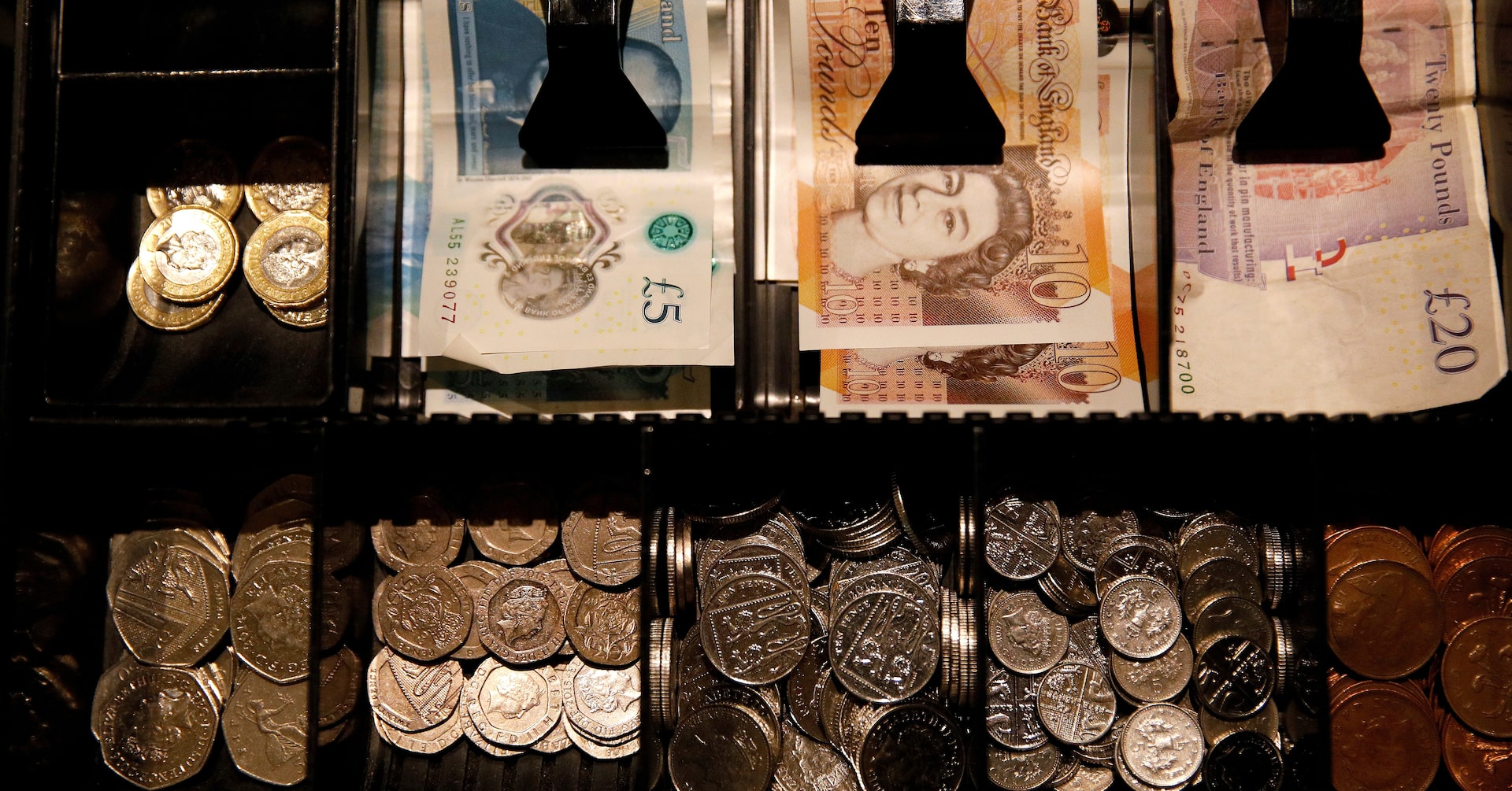
LONDON, Sept 26 (Reuters) – The pound headed for its biggest weekly decline in a month on Friday, under pressure from mounting concerns about the outlook for Britain’s long-term finances and from a resurgent dollar, which got a lift from surprisingly strong U.S. growth data the previous day.
A shock increase in Britain’s public borrowing earlier in the week, coupled with evidence of slowing momentum for both British factories and services, and a weak auction of government debt had already created a negative backdrop for the pound and gilts.
Sign up here.
When U.S. data landed on Thursday showing the world’s largest economy expanded more quickly than expected in the second quarter of this year, while a measure of the labour market also painted a brighter picture, the dollar rallied, as investors reassessed how quickly they believe the Federal Reserve may need to cut interest rates.
The knock-on effect was a sell-off in major currencies, including the pound, and in government bonds, which pushed up yields.
On Friday, sterling was up 0.1% at $1.3355. But it has lost almost 1% this week, on the heels of last week’s 0.6% decline, bringing losses for the month to 1.1%.
Highlighting the concern among investors about the bigger picture for British financial health was Thursday’s sharp rise in gilt yields , as that on the benchmark 10-year rose 8.7 basis points to 4.775%, the most in a day since early July, while the pound tumbled.
Rising bond yields would normally support a currency, as investors jump on the possibility of securing higher returns. Rising yields and a falling currency tend to reflect crumbling confidence in the economy and the ability of the government to keep its finances on track.
“If you’ve set out fiscal rules and use them as a target rather than a hard limit to be avoided, then fiscal policy is not going to be dictated by the Treasury, it’s going be dictated by bond markets,” Monex strategist Nick Rees said.
“It’s going to lead to instability and uncertainty, and it’s not sterling positive. The main story in the short term is going to be the Fed rate cuts and the UK budget.”
By Friday, gilts had steadied, leaving the 10-year yield at 4.747%, set for a 2.6-bps rise this week.
British finance minister Rachel Reeves presents her budget in November, which is widely expected to contain more tax rises, as she fights to stick to her own fiscal rules and retain the confidence of bond investors.
The pressure on Reeves has grown in recent weeks, as British growth has faltered, borrowing costs have risen and high inflation has limited the Bank of England’s ability to cut rates.
Reporting by Amanda Cooper and Jaspreet Kalra Singh; Editing by Alex Richardson



